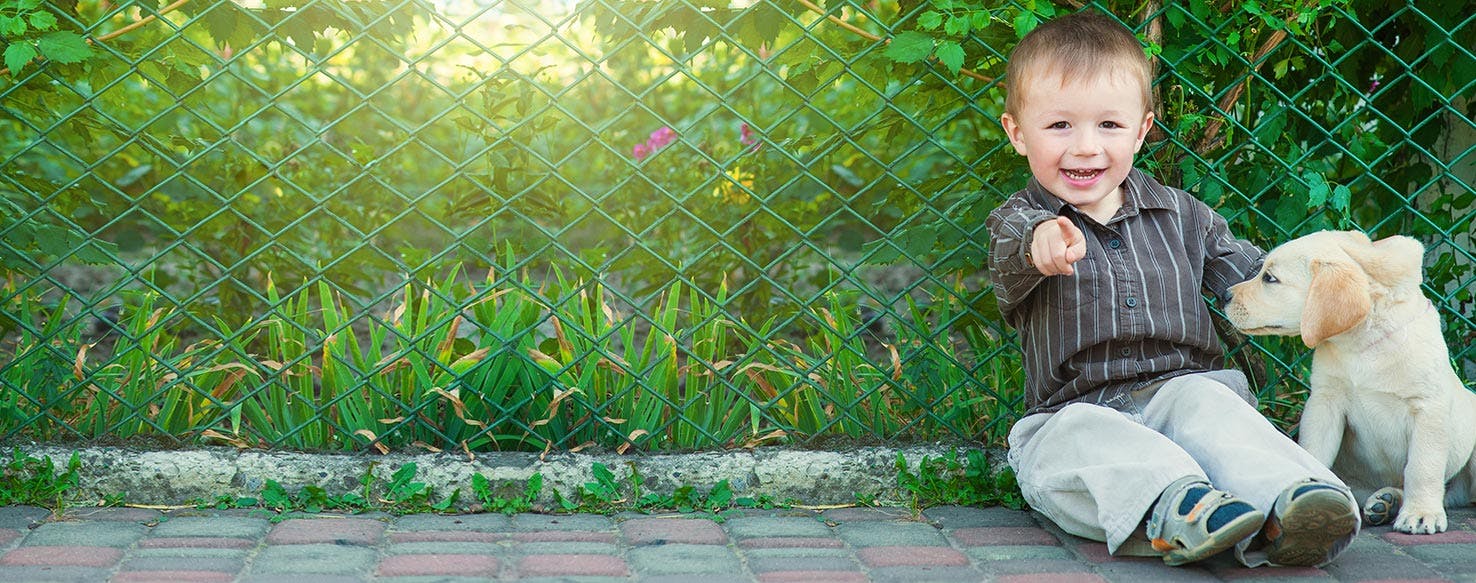- Home
- The Daily Wag!
- Behavior
- Why Do Dogs Turn Away from Cameras

Common
Normal
Some dogs, for whatever inexplicable reason, are impossible to get on camera. You try and try, you take several dozen pictures, but your dog just will NOT hold still. Every single picture is blurry, your dog is looking away, licking their lips, scratching, or doing anything else but sitting pretty for the picture. Even if you use a phone instead of a traditional camera, they still refuse to look. The best-behaved dogs can be extremely camera shy. Why do dogs hate having their picture taken? Even without the flash on, some dogs just instinctively look away the moment the camera comes out, even when you think you are being stealthy. What is it about dogs and cameras?
Dogs rely on body language a lot more than we think. Dogs can’t communicate the way people do, so nearly all of their language information comes from nonverbal cues. As humans, we process a lot of this kind of information, but we may not consciously realize what body language we’re showing to others. And sometimes, what we perceive as affection can be interpreted a different way by our faithful companions. Staring at our dogs, for example, usually makes them uncomfortable. A dog doesn’t have to physically run away to be scared or nervous. Even benign actions, like yawning, licking their lips, and turning their head can be indicators they’re uncomfortable with what’s going on.
A Norwegian dog expert, Turid Rugass, has described these signals as “calming signals.” They’re often used when dogs feel uneasy. If you’ve ever hugged your dog, or seen someone else do it, you may have noticed some of these signs as well. Most dogs don’t appreciate being hugged. It’s not only an invasion of their personal space, it’s also a display of dominance. Dogs put their paws on other dogs to show dominance. To a dog, you’re asserting your power over them. Most dogs put up with it, even if they are a bit uncomfortable. But to some, especially if there’s no trust between dog and person, they may feel threatened, fearful, or defensive. This may lead to aggressive responses. Keep that in mind the next time you try to lean in for a dog and owner selfie. When you’re trying to get a picture, you might be making your dog feel nervous. Staring at them while taking a photo is one way we might be putting them off about the experience. Cameras can seem strange and be intimidating to some dogs. Additionally, cameras make noises when zooming or when taking the picture. And they may make some sounds that are too high for us to be able to hear. But a dog’s hearing is much more acute than ours. And if you use the flash, your dog may very well just be scared of the camera itself.
Need advice about your pet's health?
Get answers fast from a veterinary professional 24/7 in the Wag! App.
Get Vet ChatDogs are not concerned about looking pretty for pictures. They just want to be comfortable around you and what you’re doing together. You can help prevent nervousness around the camera by starting early, from puppyhood if possible. Let your dog investigate the camera, listen to the noises, and reward them for approaching it or checking it out. It will also help to avoid using a flash in their faces. Bright flashes can be alarming or uncomfortable even for people. Your dog probably does not appreciate it either. If you reward your dog for tolerating the camera or holding still for pictures, they are more likely to begin associating the camera with a reward, which makes taking pictures a more positive experience for them. Just be aware of their personal space, and give them a break if they seem nervous or uncomfortable. It’s also important to be mindful of the tone and body language you’re using while training your dog to get comfortable around the camera. Using a higher, calmer tone of voice shows your dog you’re not stressed and everything is okay. Dogs are extremely perceptive of different kinds of body language. If you’re uncomfortable, they will be too. If you project being calm and happy, they’re more likely to see the situation positively.
Some dogs don’t mind having their picture taken, especially if you start when they’re really young and be consistent. Taking pictures or video often throughout their youth is a great way to get them accustomed to it. But just like humans, taking a picture isn’t always a good choice. If your dog is already uncomfortable in a new environment or situation, adding more discomfort is exhausting and stressful for your dog, and they may react accordingly. The next time you want to lean in and wrap your arms around your dog for a selfie, consider how they’re feeling first. If they can’t get past you using a traditional camera, try a cell phone instead, which is probably more familiar to them.
Some dogs were born to be in the spotlight and really love being photographed. Other pups may be less willing to hold still and look at the camera. Paying attention to your dog’s body language will help you learn the difference: when it is okay to snap a picture and when they would rather be left alone.
Written by a Border Collie lover Charlotte Perez
Veterinary reviewed by:
Published: 03/01/2018, edited: 01/30/2020
More articles by Charlotte Perez
